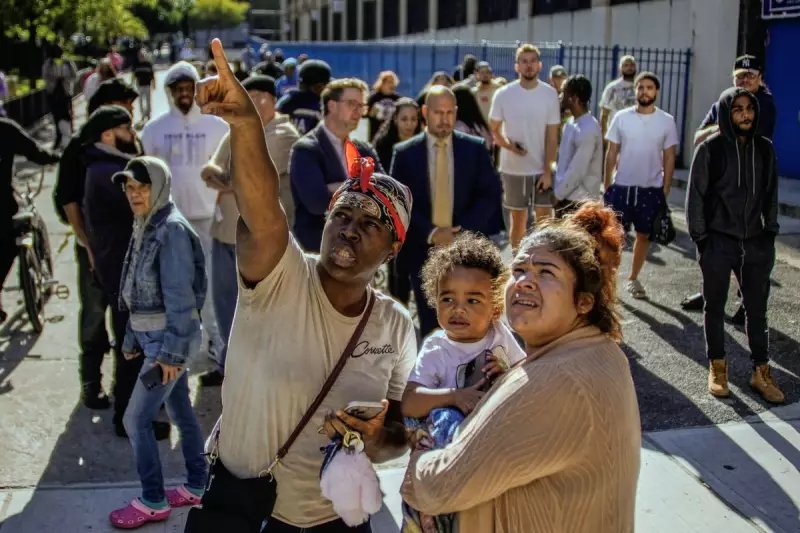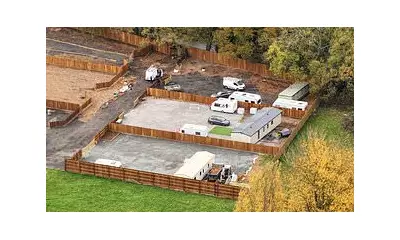
Hundreds of Bronx residents have been left shivering in their homes as dangerous sub-zero temperatures grip New York City, with multiple building owners now facing legal action for failing to provide adequate heating during the life-threatening cold snap.
Freezing Conditions in the Concrete Jungle
As temperatures plunged to bone-chilling lows of -12°C (10°F), residents across several Bronx apartment buildings reported living in conditions described as "uninhabitable" and "dangerous." The heating failures have created a public health emergency in one of New York's most densely populated boroughs.
City Takes Legal Action Against Negligent Landlords
Mayor Eric Adams' administration has launched an aggressive crackdown, filing criminal charges against property owners who have repeatedly violated heating requirements. The city's Department of Housing Preservation and Development has identified multiple buildings where landlords failed to maintain minimum temperatures of 18°C (65°F) during daytime hours.
"We cannot and will not allow landlords to neglect their basic responsibilities," declared Mayor Adams, emphasising the severity of the situation during what meteorologists are calling one of the coldest periods in recent New York history.
Tenant Ordeal in the Deep Freeze
Residents have shared harrowing accounts of their experiences:
- Elderly and vulnerable residents forced to wear multiple layers indoors
- Families with young children using ovens and portable heaters as temporary solutions
- Frozen pipes and water supply disruptions adding to the crisis
- Sleeping in winter coats and multiple blankets to withstand the cold
Systemic Issues Exposed
The heating crisis has exposed deeper problems within New York's aging housing infrastructure. Many of the affected buildings have histories of maintenance issues and previous violations, suggesting a pattern of landlord neglect in predominantly low-income neighbourhoods.
City officials have established emergency warming centres and are conducting building-by-building inspections, but advocates argue more permanent solutions are needed to prevent recurring winter crises.





